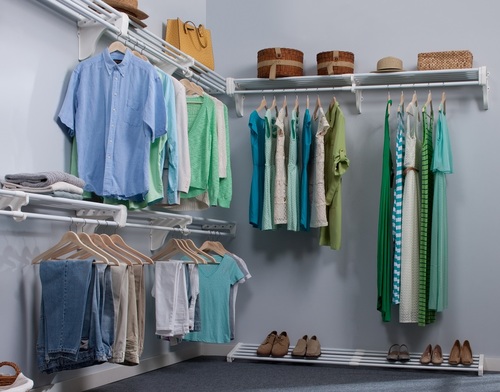Making Outfits in 2015
 John has some number of distinct shirts, some number of distinct pairs of pants, and some number of distinct pairs of shoes. With these, he can make
different outfits consisting of a shirt, a pair of pants, and a pair of shoes.
John has some number of distinct shirts, some number of distinct pairs of pants, and some number of distinct pairs of shoes. With these, he can make
different outfits consisting of a shirt, a pair of pants, and a pair of shoes.
- If he gets one more pair of shoes, he can make more different outfits.
- If he gets two more shirts, he can make more different outfits.
- If he gets three more pairs of pants, he can make more outfits.
What is the combined number of shirts, pants, and shoes that John currently has?
Source: Wjablow Wikimedia Commons . CC BY-SA 3.0
The answer is 49.
This section requires Javascript.
You are seeing this because something didn't load right. We suggest you, (a) try
refreshing the page, (b) enabling javascript if it is disabled on your browser and,
finally, (c)
loading the
non-javascript version of this page
. We're sorry about the hassle.
Let a = number of shirts, b = number of pants, and c = number of pairs of shoes. From the rule of product, John can make a b c distinct outfits, which equals 2 0 1 5 .
If John gets one more pair of shoes (so he has c + 1 pairs of shoes), he can make 2 4 1 8 outfits. Again, by rule of product, this equals a b ( c + 1 ) = a b c + a b = 2 0 1 5 + a b . Thus, a b = 4 0 3 .
Similarly, we can find that 2 b c = 1 3 0 and 3 a c = 4 6 5 . Solving for a , b , and c by using a b c = 2 0 1 5 , we get a = 3 1 , b = 1 3 , and c = 5 . Therefore, a + b + c = 3 1 + 1 3 + 5 = 4 9 .